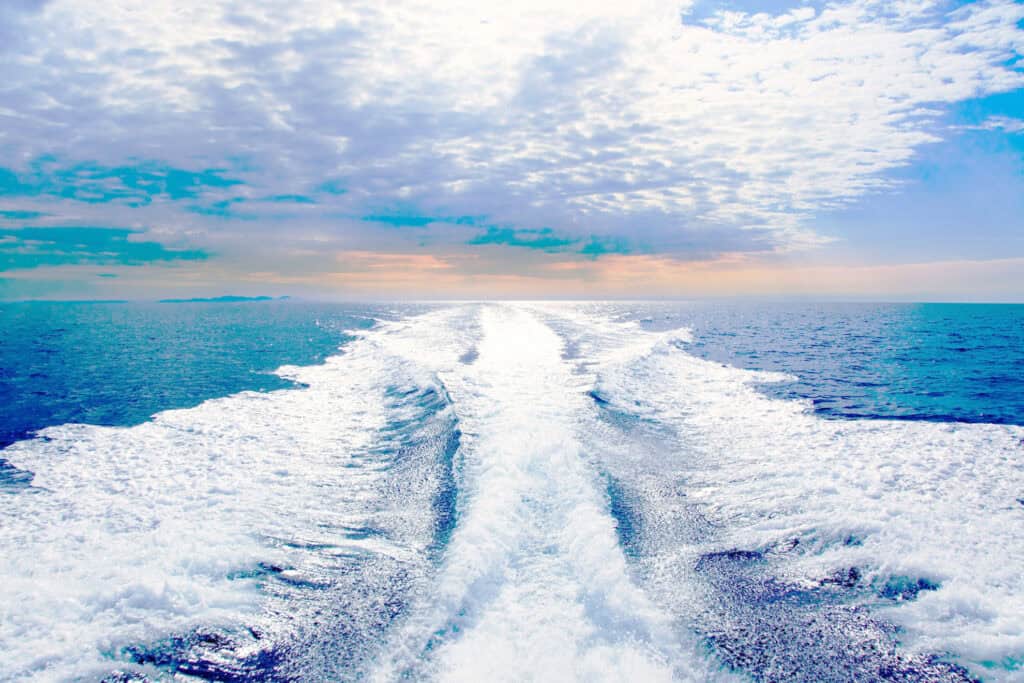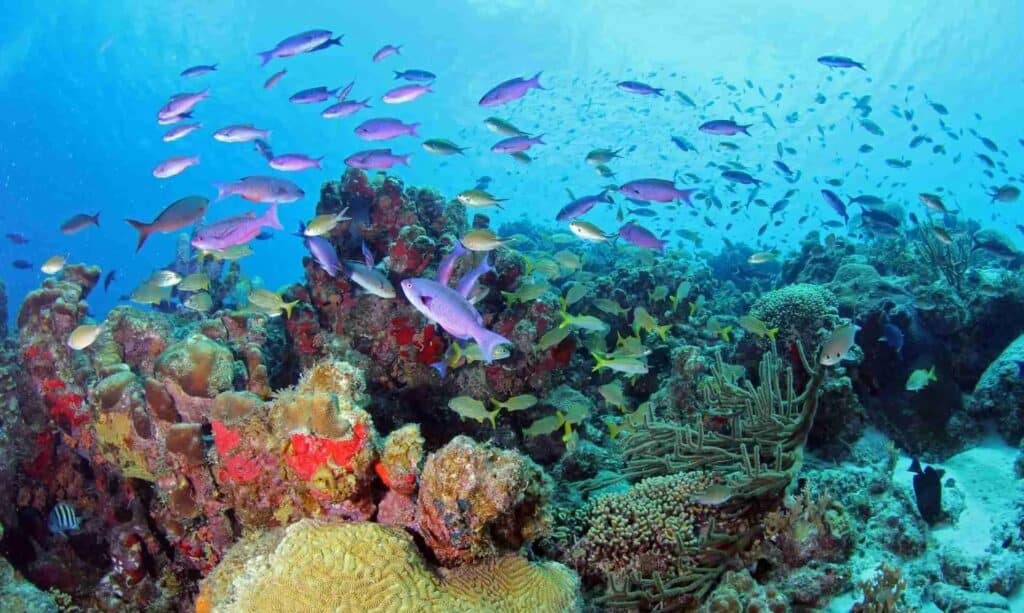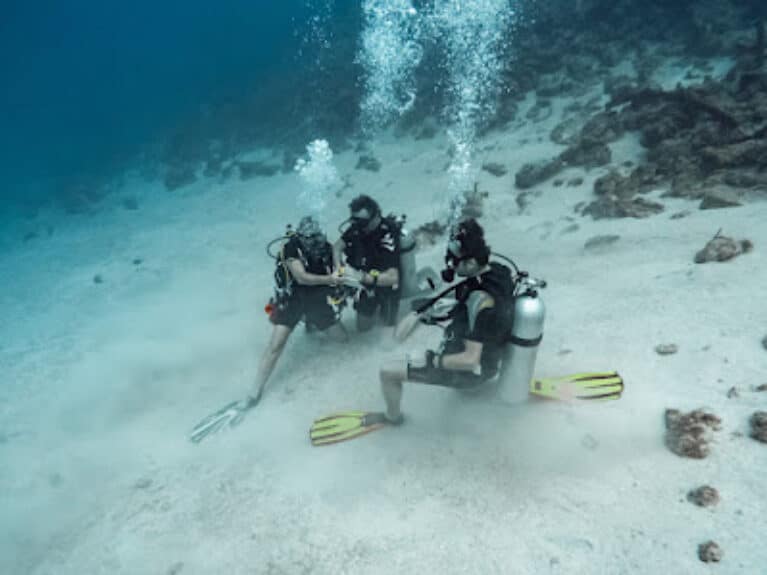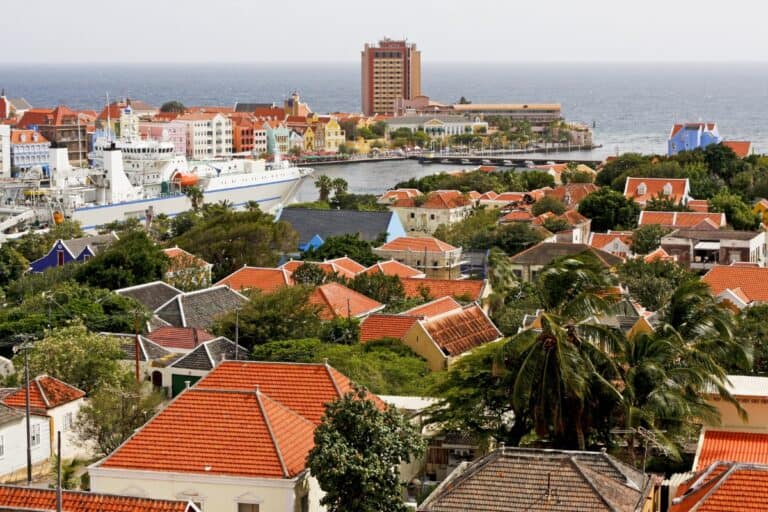
How far is Curaçao from Venezuela?
How far is Curaçao from Venezuela?
Are you wondering about the distance between Curaçao and its closest South American neighbor?
Why this matters for your trip
Curaçao sits just 40 miles (65 kilometers) north of the Venezuelan coast, making it one of the closest Caribbean Sea islands to South America. The straight line flight distance, also known as the great circle distance, is approximately 38 miles as the crow flies. From Hato International Airport in Curaçao to major Venezuelan airports like General José Antonio Anzoátegui International Airport in Barcelona or Simón Bolívar International Airport in Caracas, flight time ranges from just 30 to 45 minutes depending on your destination city.
Despite this close proximity, direct commercial flights are limited. Previously, carriers like Avior Airlines and LASER Airlines offered regular service, though schedules vary. Most travelers now connect through other Caribbean hubs or use private charters. The short distance means you can see the Venezuelan mainland on clear days from elevated points in Christoffel National Park or while enjoying the crystal-clear waters around the island’s famous coral reefs.
Understanding this geographic relationship helps explain Curaçao’s unique cultural blend as part of the Dutch Caribbean within the Kingdom of the Netherlands, yet deeply influenced by South American traditions, cuisine, and connections that have shaped island life for centuries.

Luxury car rentals in Curaçao
Experience transparent pricing and exceptional service with Rent Car Curaçao. Choose from luxury vehicles elevate your Curaçao adventure.
Travel logistics and planning considerations
Understanding the practical aspects of traveling between Curaçao and Venezuela helps you make informed decisions about your Caribbean journey. While the geographic proximity suggests easy connectivity, several factors influence how you’ll actually make this crossing.
Flight options and airline availability
Direct flights between Hato International Airport and Venezuelan cities remain limited compared to past decades when the Netherlands Antilles enjoyed more regular service. Línea Aérea de Servicio Ejecutivo Regional historically connected these destinations, though current schedules fluctuate based on demand and regional conditions. Travelers often find better connectivity through hub airports in the United States or other Caribbean islands using carriers like American Airlines, Avianca Airlines, or KLM Royal Dutch Airlines. For those with flexibility and budget, private charters offer direct routing with customized departure times, particularly useful for groups or business travel.
Calculating distance and travel times
Modern GPS coordinates and the Vincenty algorithm using the WGS84 ellipsoid model provide precise measurements between these locations. Your GPS receivers will show the bird fly distance as approximately 38-40 miles, while actual air travel routes may vary slightly based on air traffic patterns and weather conditions. A distance calculator helps determine flight miles for frequent flyer program purposes. If traveling by power boat, expect journey times of 90 minutes to two hours depending on sea conditions and vessel cruising speed, though this option requires special permits and careful planning.
Time zones and scheduling
Curaçao operates on Atlantic Standard Time while Venezuela follows UTC -4 America/Caracas, meaning you’ll need to adjust your watch when crossing between territories. This time difference affects flight time calculations and meeting schedules. When using a travel planner, always verify whether times displayed reflect local departure and arrival zones, as confusion between these adjacent time zones commonly causes missed connections or early airport arrivals.
Travel preparations and health considerations
Before booking ticket prices, research entry requirements for both destinations, as regulations change periodically. Pack medications for potential gastro-intestinal complaints that sometimes affect travelers adjusting to new cuisines and water sources. Confirm your travel insurance covers both the Kingdom of the Netherlands territories and South American destinations, as some policies exclude specific regions or require supplemental coverage for Caribbean and Venezuelan travel.
Alternative water-based travel
Beyond commercial aviation, adventurous travelers explore options like fishing trips or scuba diving excursions that occasionally cross between waters, though these primarily focus on destinations like Klein Curacao rather than mainland connections. Experienced mariners familiar with Caribbean Sea navigation sometimes arrange private yacht crossings, providing opportunities to experience marine life and crystal-clear waters between destinations. These journeys require advance planning, appropriate fuel consumption calculations, and awareness of maritime regulations governing international water crossings in this region.
How far is Curaçao from Venezuela? - FAQ
What are the main road routes if traveling by car in Venezuela?
Major Venezuelan highways include Carretera Nacional connecting coastal cities, Gran Autopista de Occidente linking Caracas westward, and Carretera Trasandina through mountainous regions. Urban areas feature roads like Avenida Principal and Distribuidor Sabaneta for city navigation. While these routes don’t directly connect to Curaçao, understanding Venezuela’s road network helps travelers planning multi-destination trips involving both mainland South America and Caribbean islands, particularly when coordinating with ferry services or private boat arrangements departing from coastal Venezuelan cities like La Guaira.
What diving destinations near Curaçao feature shipwrecks?
Beyond Curaçao’s famous Tugboat site, the Superior Producer wreck offers advanced divers an exciting exploration opportunity with its partially submerged cargo ship structure attracting diverse marine life. Day trips to Klein Curaçao include diving around a historic lighthouse and shipwreck remains surrounded by pristine coral reefs. The Curacao Marine Park protects numerous underwater sites accessible through guided scuba diving tours departing from western beaches. These wrecks create artificial reef systems where tropical fish, sea turtles, and rays gather in the island’s signature crystal-clear waters.
What are the top beach destinations on Curaçao's west coast?
The western coastline features exceptional swimming and snorkeling beaches including Playa Knip (both Grote and Kleine Knip) with dramatic cliffs and turquoise waters, Cas Abao offering full amenities and excellent reef access, and the secluded Blue Room cave accessible by swimming through an underwater entrance. These beaches provide calm conditions protected from Atlantic swells, with crystal-clear waters ideal for observing marine life and coral reefs. Most western beaches charge small entrance fees and offer parking, shade palapas, and basic facilities, making them perfect full-day destinations for families and snorkelers.
What unique underwater formations can divers explore around Curaçao?
The Mushroom Forest dive site showcases spectacular coral formations resembling giant mushrooms created by centuries of growth patterns, attracting photographers and marine biologists worldwide. This protected site within Curacao Marine Park features healthy coral reefs teeming with marine life including parrotfish, angelfish, and moray eels. Accessible from shore or boat, the site offers diving suitable for intermediate to advanced levels with depths ranging from 15 to 40 meters. The formations create natural swim-throughs and overhangs where divers observe the intricate ecosystem thriving in Curaçao’s nutrient-rich Caribbean Sea waters.
Can I visit Klein Curaçao on a day trip?
Yes, Klein Curacao (also spelled Klein Curaçao) day trips depart daily from various operators, typically leaving early morning and returning late afternoon. This uninhabited island located 15 miles southeast features pristine white sand beaches, a historic lighthouse, shipwreck remains, and exceptional snorkeling around vibrant coral reefs. Tours travel by catamaran or speedboat, with the journey taking 90 minutes to two hours depending on vessel type and sea conditions. Most packages include meals, drinks, snorkeling equipment, and guided exploration of the island’s unique ecosystem and dramatic coastline surrounded by crystal-clear waters.
What activities does Curacao Marine Park offer visitors?
Curacao Marine Park protects 12 miles of southern coastline featuring over 65 designated dive sites with healthy coral reefs and diverse marine life. Visitors enjoy scuba diving, snorkeling, glass-bottom boat tours, and educational programs about reef conservation. The park encompasses popular locations from the Caracas Bay peninsula westward, including shore-accessible sites and deeper boat-dive destinations. Park fees collected support marine research, reef restoration, and enforcement of protection regulations ensuring these crystal-clear waters remain pristine for future generations. Licensed dive operators throughout the protected area provide guided experiences suitable for all skill levels.
Are there fuel considerations for boat travel between islands?
Fuel consumption planning is critical for maritime travel in the Caribbean Sea, particularly for power boat operators making longer journeys. A typical speedboat traveling at cruising speed between Curaçao and nearby destinations consumes significant fuel depending on engine size, sea conditions, and vessel weight. Captains calculate consumption rates, carry reserve fuel, and monitor weather forecasts before departure. For trips to Klein Curacao or fishing trips to offshore locations, professional operators handle all fuel logistics as part of tour packages, ensuring safe round-trip capability with appropriate safety margins for unexpected conditions or route changes.
What navigation technology do boats use around Curaçao?
Modern vessels rely on GPS coordinates and GPS receivers utilizing the WGS84 ellipsoid model for precise positioning in Caribbean Sea waters. Professional operators combine GPS with traditional navigation, local knowledge, and marine charts when conducting fishing trips, diving excursions, or trips to Klein Curacao. The Vincenty algorithm calculates accurate distances between waypoints accounting for Earth’s curvature, essential for fuel planning and timing. Electronic systems also monitor weather, sea conditions, and vessel performance, enhancing safety for recreational and commercial maritime activities around Curaçao’s coastline and offshore destinations.
What are hidden natural attractions beyond the main beaches?
Christoffel National Park offers hiking trails through rugged terrain leading to the island’s highest peak with panoramic views extending to Venezuela on clear days. The park protects indigenous flora, wildlife, and archaeological sites within its 4,500 acres. The northwestern Blue Room sea cave provides adventurous swimmers access through an underwater passage into a naturally illuminated chamber with stunning blue reflections. These natural attractions complement Curaçao’s famous beaches and coral reefs, providing diverse experiences for visitors interested in terrestrial ecology, geology, and the island’s dramatic volcanic landscape formed millions of years ago.
What should travelers know about food and water safety?
While Curaçao maintains high health standards, some visitors experience mild gastro-intestinal complaints when adjusting to new cuisines, different food preparation methods, or changes in gut bacteria from travel. Tap water throughout the island is desalinated, treated, and safe to drink, meeting international standards. Restaurants follow strict health regulations, though travelers with sensitive stomachs might prefer bottled water initially and gradually introduce local foods. Pack basic digestive remedies, stay hydrated in the tropical climate, and choose established restaurants recommended by locals or your hotel concierge for the best dining experiences while minimizing any adjustment discomfort during your Caribbean vacation.
Discover the Wonders
of Klein Curaçao
Experience the untouched beauty of Klein Curaçao, a hidden paradise with stunning beaches and rich marine life. Perfect for snorkeling, diving, or simply relaxing in the sun.
Popular subjects
Luxury car rentals in Curaçao
Experience transparent pricing and exceptional service with Rent Car Curaçao. Choose from luxury vehicles elevate your Curaçao adventure.
Subscribe to our newletter
Discover the Wonders of Klein Curaçao
Experience the untouched beauty of Klein Curaçao, a hidden paradise with stunning beaches and rich marine life. Perfect for snorkeling, diving, or simply relaxing in the sun.






